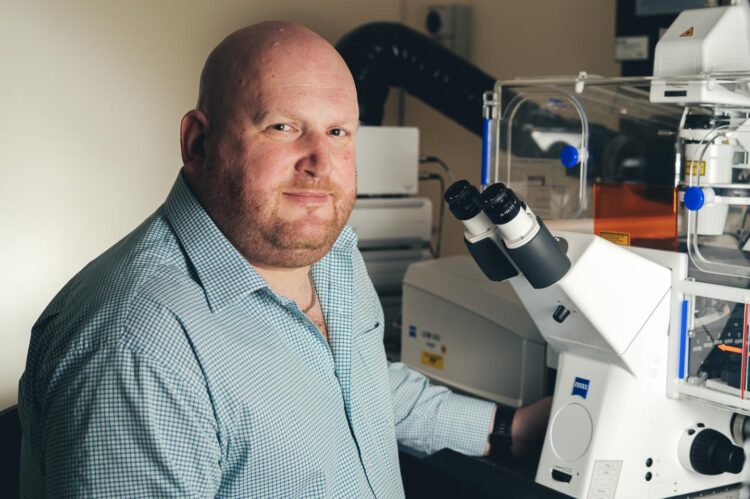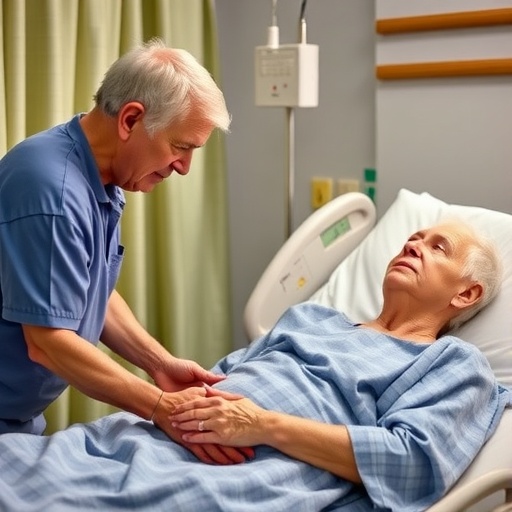Pioneering sensory neuron replication

Credit: Flinders Foundation
Scientists have for the first time established a sensory neuron model able to mass-reproduce two key sensory neuron types involved in pain sensation, enabling the easy generation of large numbers of the cells to fast-track chronic pain research.
In research applications usually sensory neurons need to be isolated from animals. They represent a wide variety of different cell types, making it difficult to collect and isolate large quantities of pain sensing neurons.
Using a new technique, researchers at Flinders University have found a way to reproduce millions of the cells, providing ample resources for the simultaneous testing of thousands of samples or potential drug libraries.
“Our model replicates sensory neurons found in bundles called dorsal root ganglia next to the spinal cord. These house the majority of the sensory fibres in the whole body that are capable of detecting heat, noxious chemicals and pressure, itch and cold,” says Flinders University’s Dr Dusan Matusica, who led the new study.
Dr Matusica says these neurons are involved in collating and transmitting all the signals from the body to the spinal cord, and then the brain.
“Scientists have long known that a subgroup of these neurons is critical in transmitting signals that lead to feelings of pain, and that changes in their signalling leads to the development of chronic pain.
“But together with challenges in isolating sufficient quantities of the neural cells, we have the additional challenge of cells dying in the isolation process.
“Our model means that for the first time, we can easily generate pure populations of these two types of sensory cells in culture, providing the opportunity to get further insights into their function.”
Dr Matusica says this new finding has significant implications for researchers around the world, with billions of the cells able to the cultured in as short a time as a week if needed, substantially reducing scientists’ reliance on animals in the initial discovery phases of research projects.
The multidisciplinary research team has also genetically sequenced the two neural cells in their entirety, meaning researchers around the world can quickly and easily determine whether they are suitable for their studies.
###
The article, Differentiation of the 50B11 dorsal root ganglion cells into NGF and GDNF responsive nociceptor subtypes (2020), by D Matusica, J Canlas, AM Martin, Y Wei, S Marri, A Erickson, CM Barry, SM Brierley, OG Best, MZ Michael, NH Voelcker, DJ Keating and RV Haberberger has been published in Molecular Pain DOI: 10.1177/1744806920970368
Media Contact
Dr Dusan Matusica
[email protected]
Related Journal Article
http://dx.





